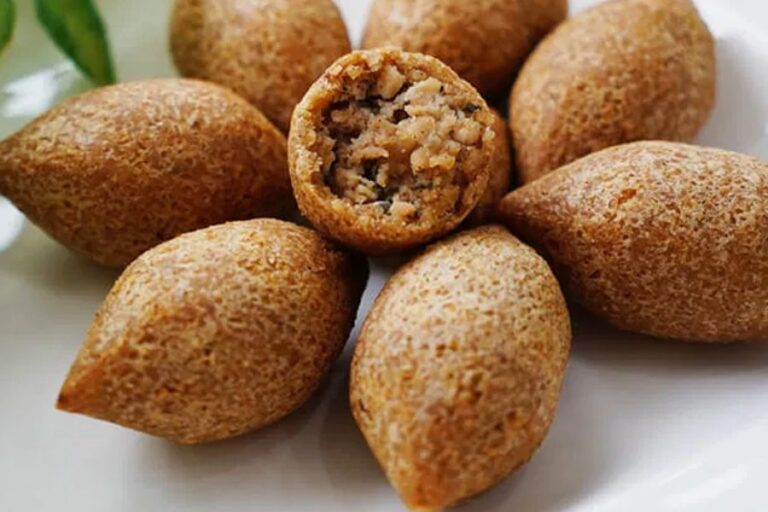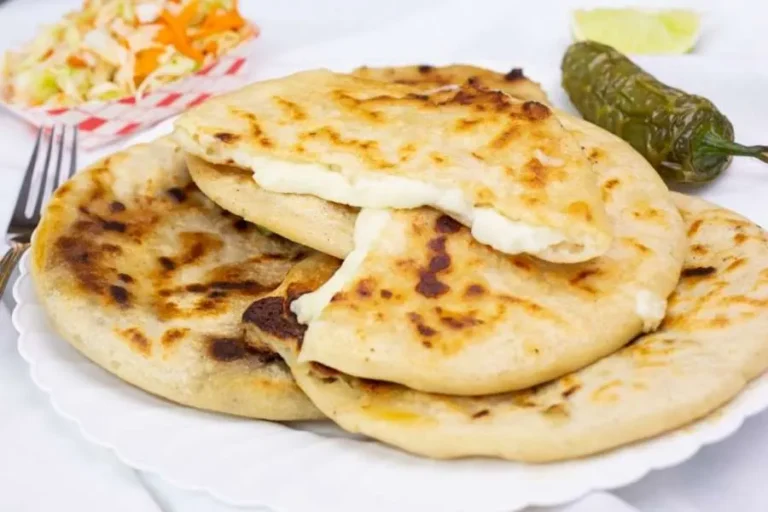Introduction: Colombian cuisine overview
Colombian cuisine is a reflection of the country’s diverse cultural heritage, blending indigenous, African, and European influences. Characterized by its rich and bold flavors, Colombian dishes are typically hearty and filling, often featuring ingredients such as rice, potatoes, meat, and vegetables. Two of the most important staples in Colombian gastronomy are corn and beans, which have been an integral part of the country’s traditional cuisine for centuries.
Corn: a staple food in Colombian gastronomy
Corn is one of the most important crops in Colombia, and it has been cultivated and consumed for thousands of years. It is a staple food in many regions of the country, particularly in the Andean highlands, where it is used to make a variety of dishes such as tamales, arepas, and choclo con queso (boiled corn on the cob served with cheese). Corn is also used to make a popular drink called chicha, which is made by fermenting corn kernels with sugar and water.
The many uses of corn in Colombian dishes
Corn is a versatile ingredient that can be used in many different ways in Colombian cuisine. Besides the dishes mentioned above, corn is also used to make soups, stews, and empanadas. One of the most iconic Colombian dishes is the bandeja paisa, which is a hearty platter that typically includes beans, rice, arepas, chicharrón (fried pork belly), avocado, and a fried egg. Corn is a key ingredient in the arepas and in the morcilla (blood sausage) that is often included in the dish.
Beans: a nutritious and versatile ingredient
Beans are another important ingredient in Colombian cuisine, and they are a great source of protein and other nutrients. There are many varieties of beans used in Colombian cooking, including red beans, black beans, lentils, and chickpeas. They are often used in soups, stews, and salads, as well as in side dishes and main courses.
How beans are prepared and consumed in Colombia
Beans are typically cooked with onions, garlic, and other seasonings, and they are often served alongside rice and meat or as a filling for arepas and empanadas. One of the most popular bean dishes in Colombia is frijoles antioqueños, which is a stew made with red beans, pork, chorizo, plantains, and other ingredients.
Corn and bean-based dishes: a Colombian tradition
Corn and beans are frequently used together in Colombian cuisine, particularly in dishes like the aforementioned bandeja paisa and in soups like the popular sancocho, which typically includes corn, beans, and a variety of meats and vegetables. These dishes are an important part of Colombian culinary tradition and are often shared with family and friends during special occasions and celebrations.
Popular Colombian corn and bean recipes
Some of the most beloved Colombian dishes that feature corn and beans include arepas con huevo (corn cakes filled with egg), envueltos de mazorca (corn husks filled with meat and beans), and cocido boyacense (a hearty soup made with corn, beans, potatoes, and meat). Other popular dishes include calentado (leftover rice and beans mixed together and served with eggs and meat), mazamorra (a sweet corn pudding), and empanadas de frijoles (bean-filled empanadas).
Conclusion: the importance of corn and beans in Colombian culture
Corn and beans are essential ingredients in Colombian cuisine, and they play an important role in the country’s cultural identity and heritage. From hearty stews to savory snack foods, these versatile ingredients are used in a wide variety of dishes that are loved by Colombians of all ages and backgrounds. Whether enjoyed at home with family or at a local restaurant with friends, the traditional dishes that showcase corn and beans are a testament to the richness and diversity of Colombian gastronomy.













